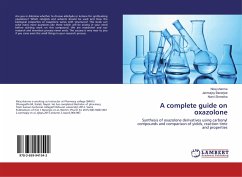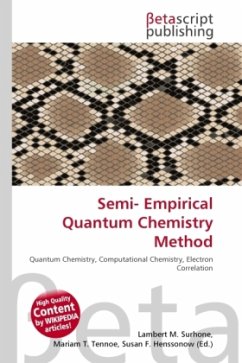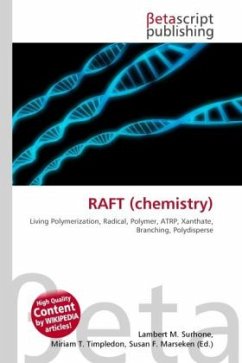High Quality Content by WIKIPEDIA articles! Recrystallization (see also crystallization) is a physical process that has meanings in chemistry, metallurgy and geology. Typically, the mixture of "compound A" and "impurity B" are dissolved in the smallest amount of solvent to fully dissolve the mixture, thus making a saturated solution. Normally the solvent is warmed before use, increasing solubility. The solution is then allowed to cool. As the solution cools the solubility of compounds in solution drops. This results in the desired compound dropping (recrystallizing) from solution. The slower the rate of cooling, the bigger the crystals formed. The crystallization process requires an initiation step. Once a small crystal has formed, more crystals can grow from that crystal. Since "Compound A" is in excess this will usually result in these crystals forming first and thus leaves a greater ratio of impurity in solution. Thus the resulting solid is more pure than the original mixture.








